Russian banking giant Alfa-Bank, in partnership with X5 Retail Group, has launched a blockchain-based liquidity management service.
Called Distributed Treasury and Cash Management (DTCM), the customizable service will basically act as a bridge to the Bank-as-a-Service (BaaS) model for corporations. It will enable the bank’s corporate clients to manage their payments, loan and deposit products, and liquidity pool inside the holding.
Alfa-Bank, which joined blockchain-based trade finance platform Marco Polo in March, explained that the BaaS model moves business logic of banking products and services beyond the bank’s perimeter, providing an opportunity to customize solutions to better suit the client’s needs.
Emphasizing on the importance of customization particularly with constantly evolving client’s in-house processes, Director of the Alfa-Bank Center for Innovations Research and Development Denis Dodon said:
“The key difference between DTCM and other offers available on the market is that we give our client not just a channel to send orders to the bank but a way to shape up business logic of the product and actually ‘create a bank’ for the client’s convenience.”
According to a press release, the DTCM application has been built on the Waves Enterprise blockchain platform. It gives the client access to a virtual treasurer work station for flexible management of company pools, limits, and positions. An enhanced qualified e-signature and smart contracts are used to interact with the bank.
“The project implemented jointly with Alfa-Bank and X5 Retail Group shows that the banking market and big business are ready to implement innovative blockchain solutions… and the wish to achieve a tangible business effect by optimizing man-hours and reducing transaction costs. Advantages of blockchain technologies enhance competitive edge of companies and help them retain leadership in their sectors,” Waves Enterprise Development Director Igor Kuzmichev said.
X5 Retail Group CFO Svetlana Demyashkevich said that they intend to broaden the use of distributed ledger technology to optimize processes.
“It will also be used in other forms of interaction with partners, such as payments, encashment, and optimized collaboration with insurance companies,” Demyashkevich added.





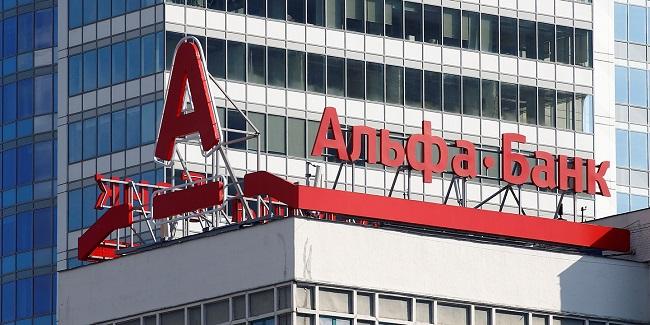



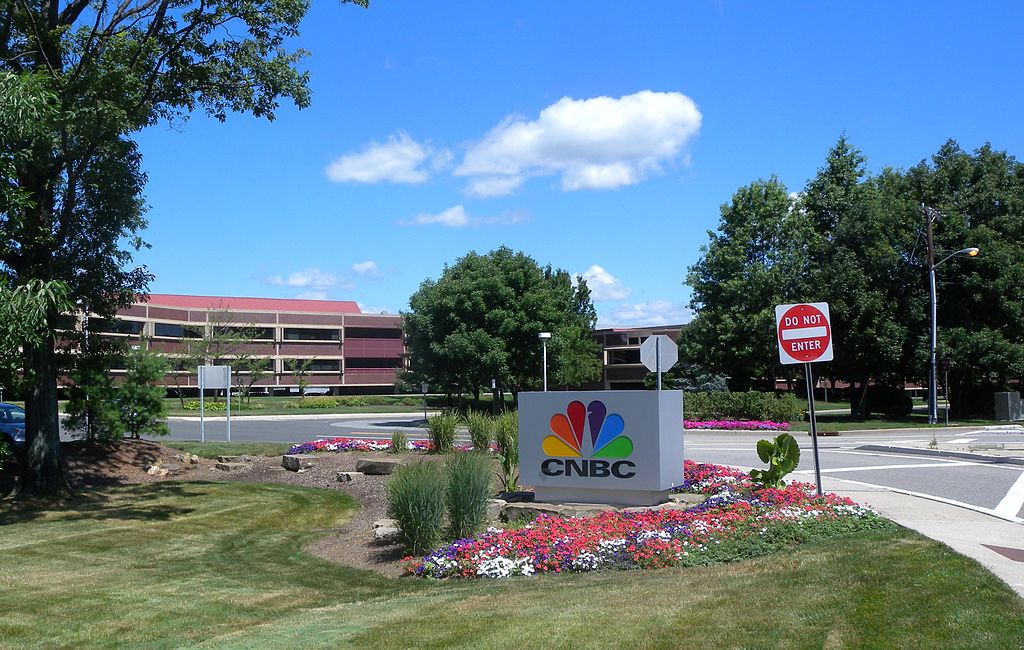







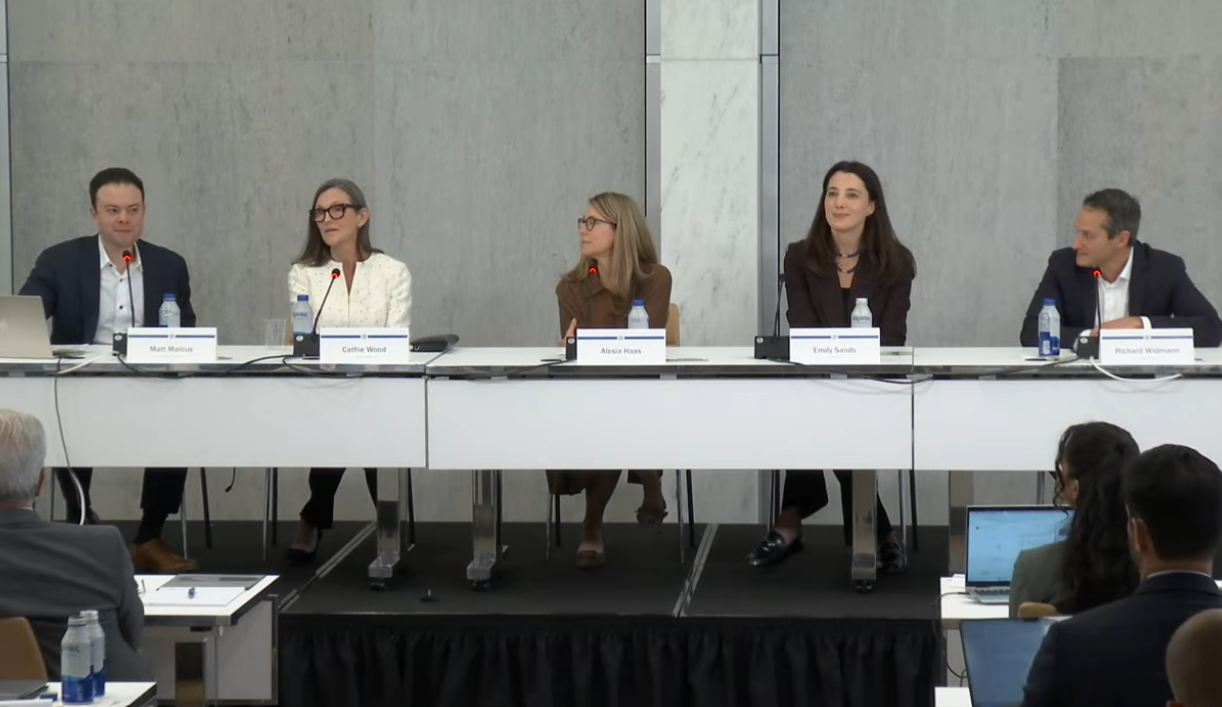
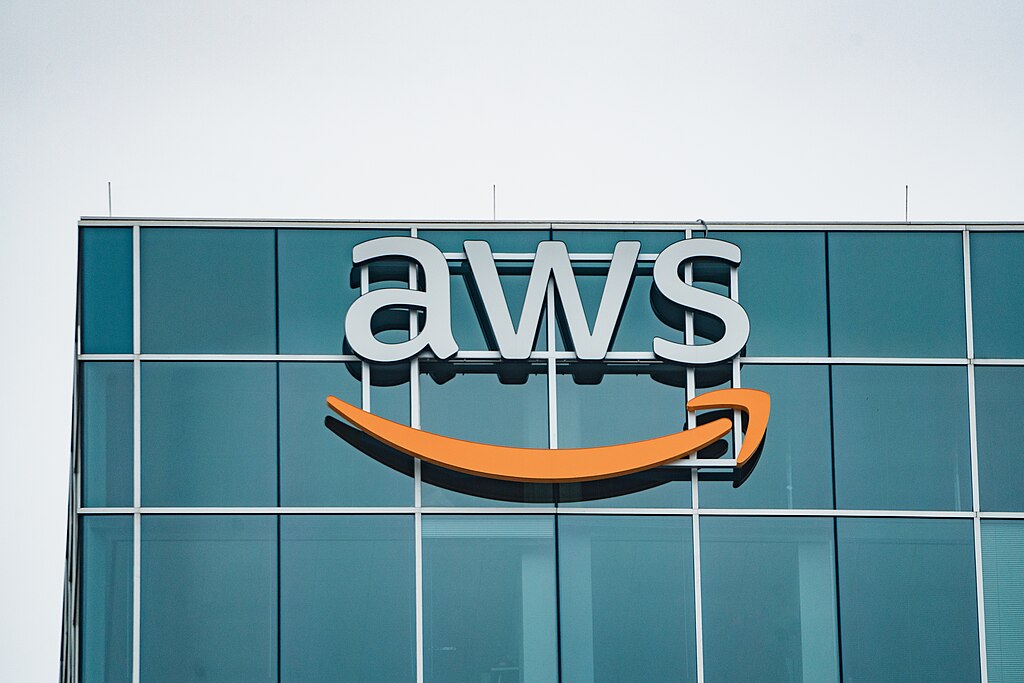
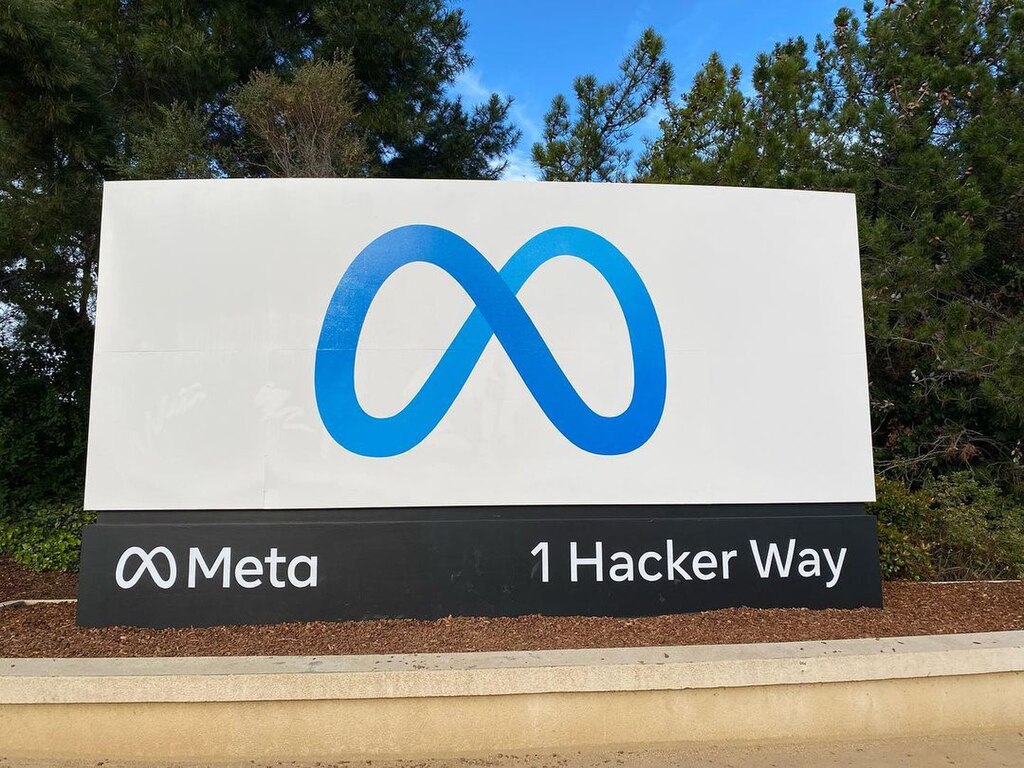






Comment 0